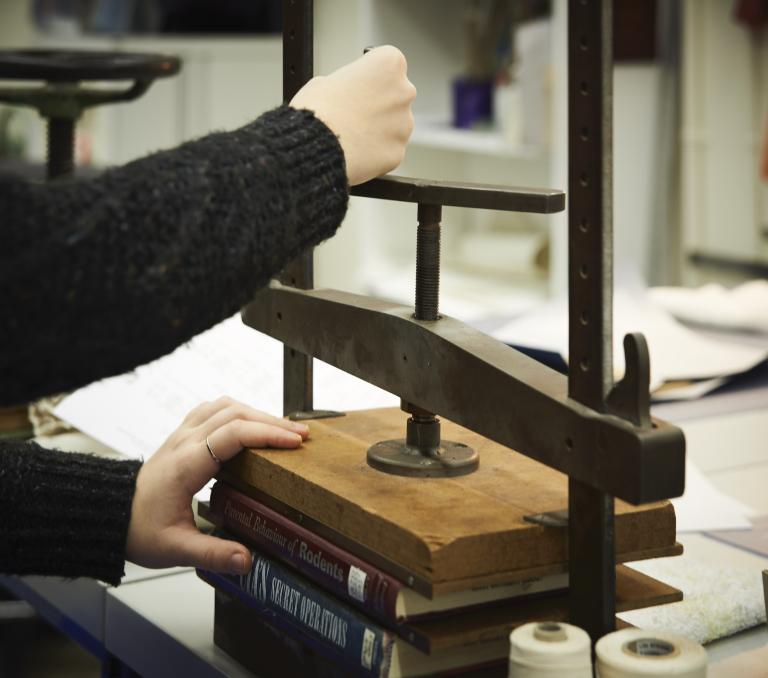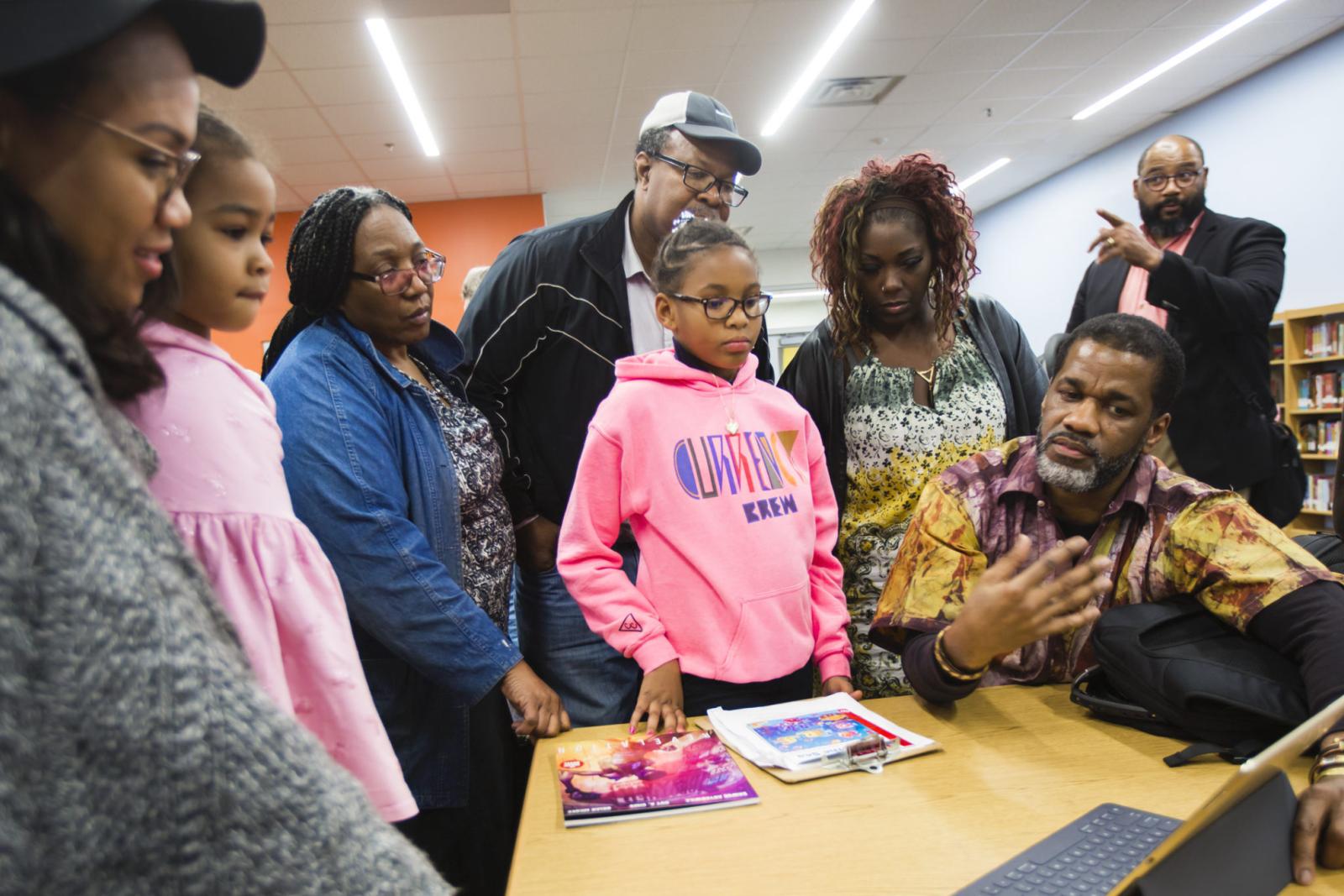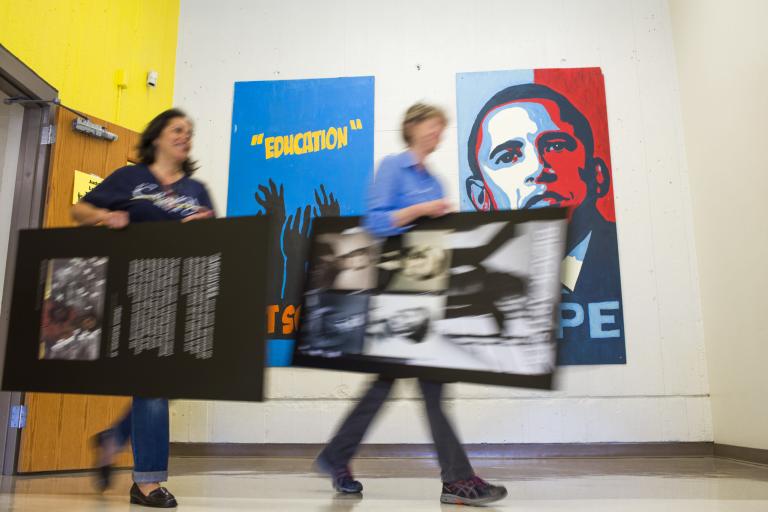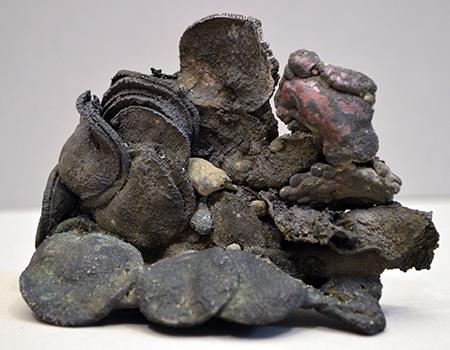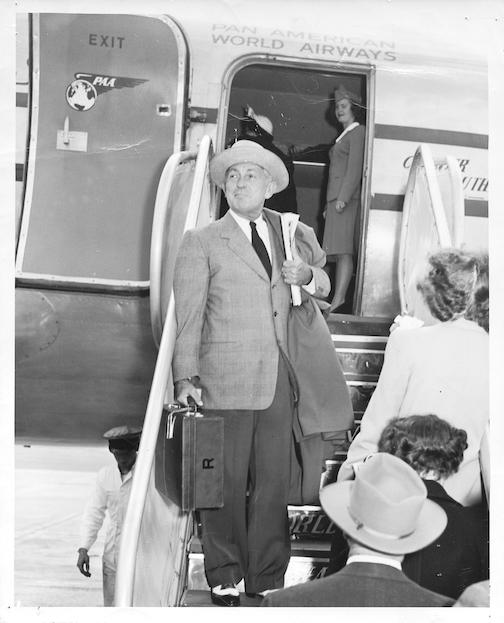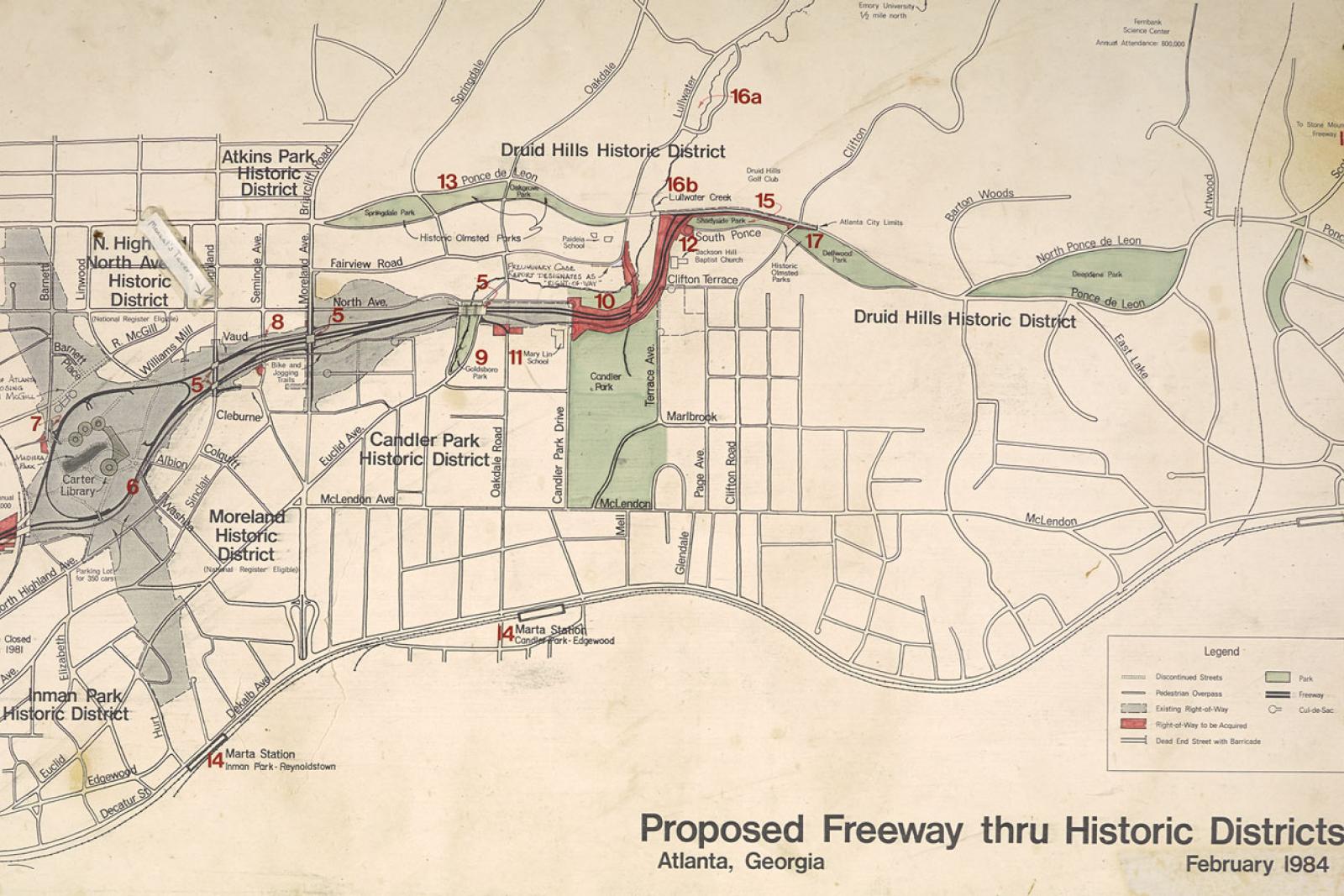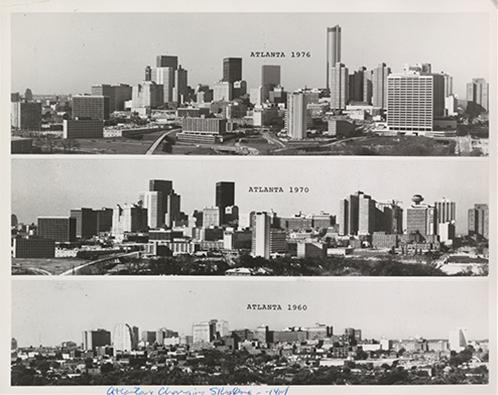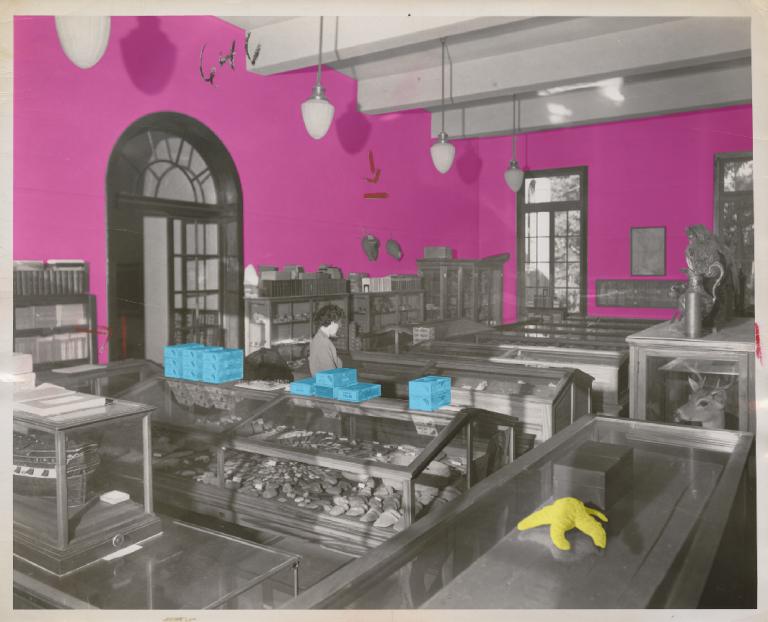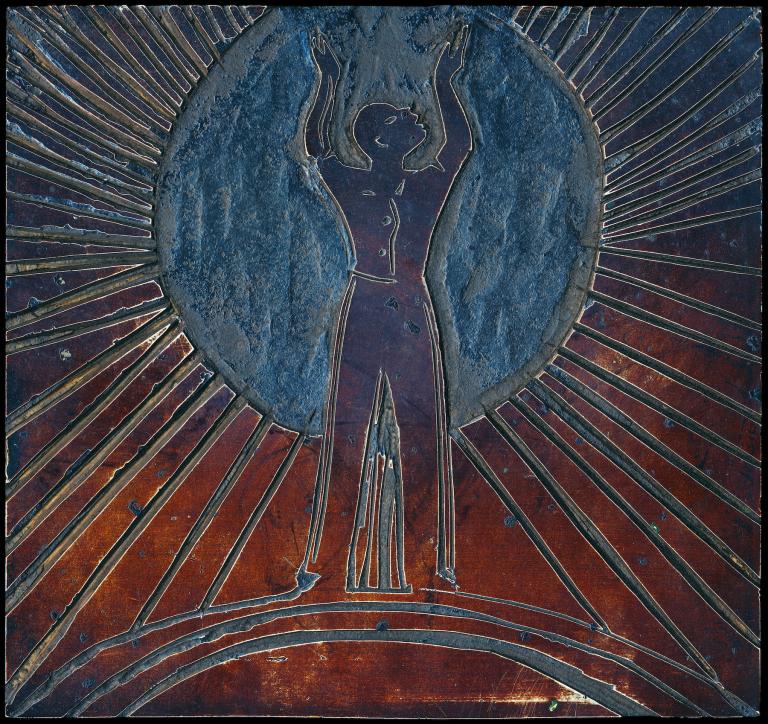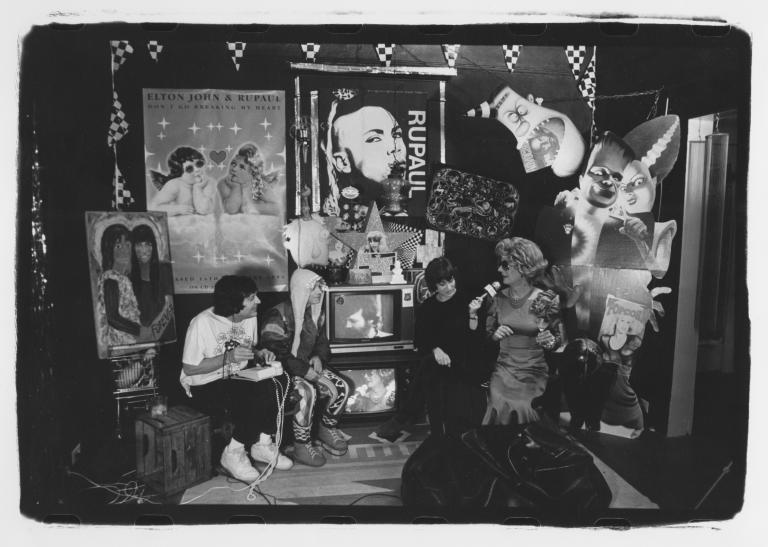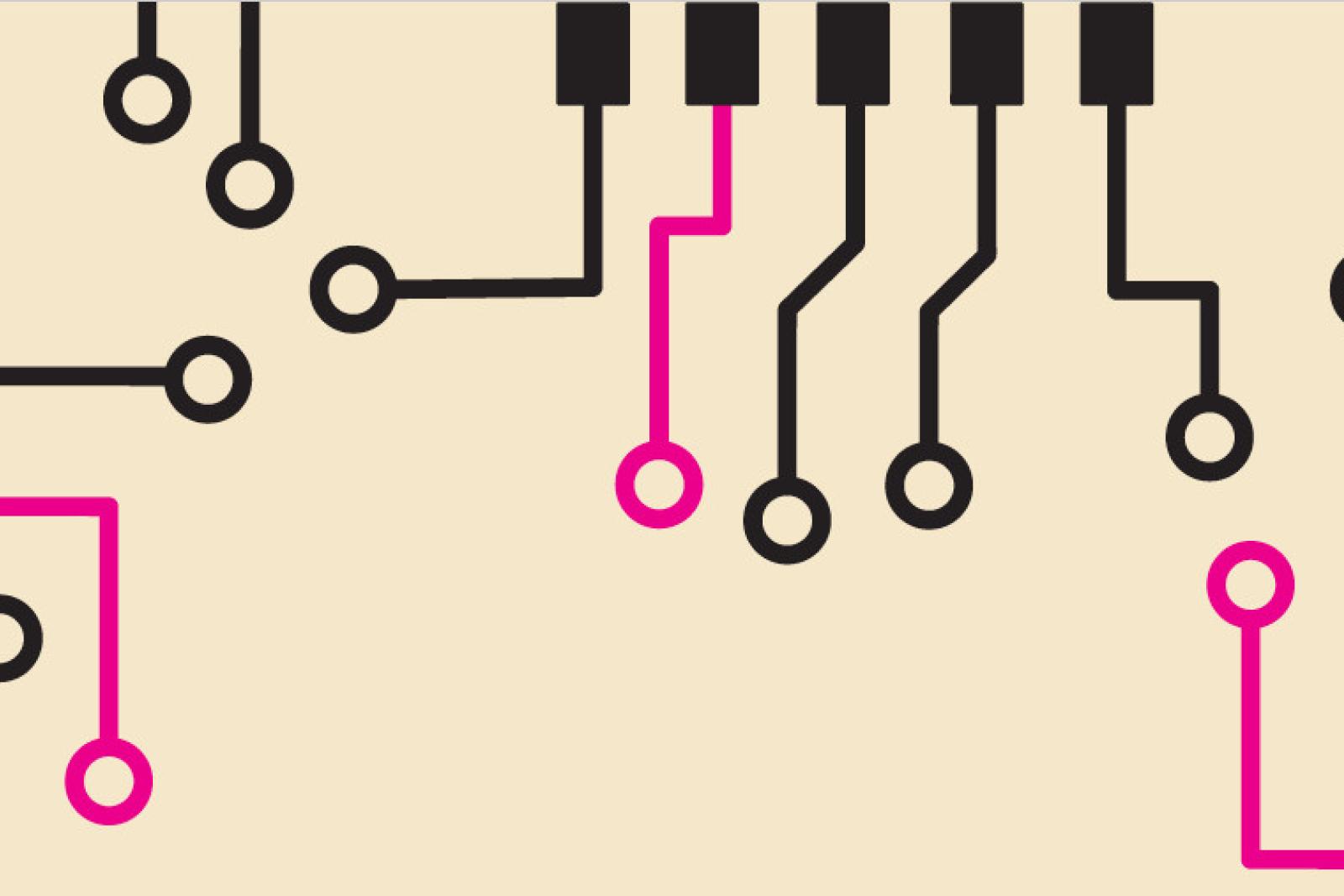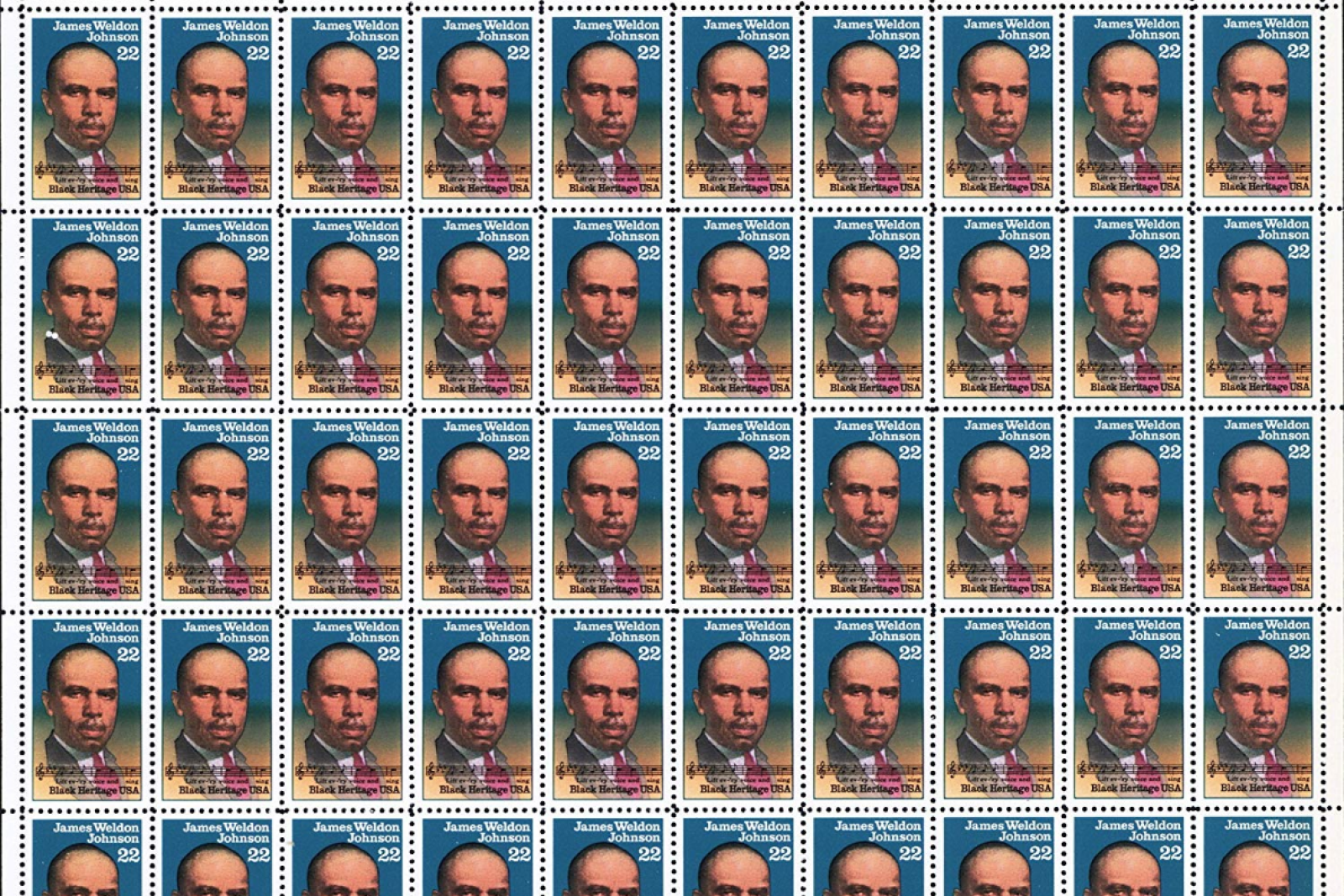Creativity in Conservation
Creativity in Conservation is a physical exhibit of the tools and treatments utilized in caring for all collections of Emory Libraries. The staff of the Conservation Lab is technically trained in the discipline of book and paper conservation. Across libraries, they provide care for rare and special collection material as well as circulating items. This care includes bookbinding, damage repair, protective enclosures, environmental monitoring, storage recommendations, pest management, and emergency response.

Conservation is a creative process based in science, preservation standards, and collection care.
"Creativity in Conservation" is a physical exhibit of the tools and treatments utilized in caring for all collections of Emory Libraries. The staff of the Conservation Lab is technically trained in the discipline of book and paper conservation. Across libraries, they provide care for rare and special collection material as well as circulating items. This care includes bookbinding, damage repair, protective enclosures, environmental monitoring, storage recommendations, pest management, and emergency response.
